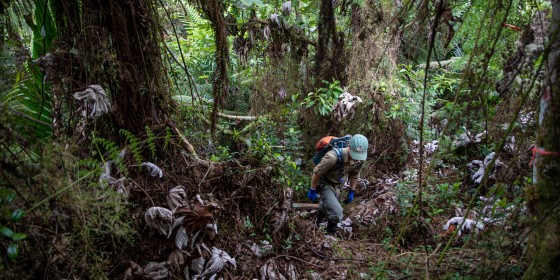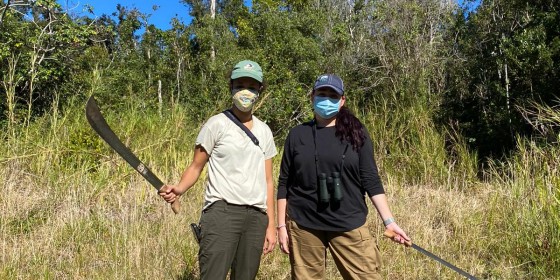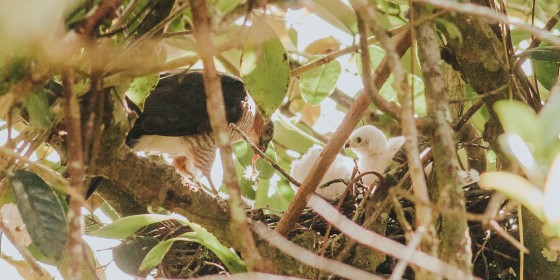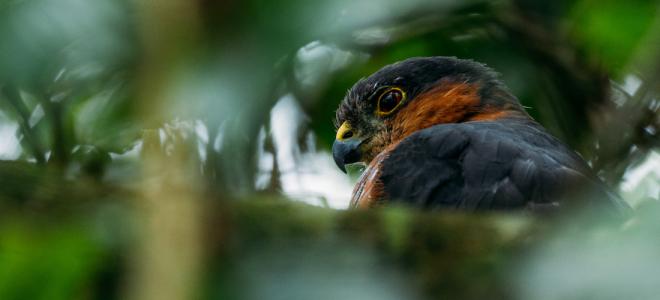The more we can learn about the behavior, diet and nesting habit of the Puerto Rican Sharp-shinned Hawk, the better equipped we will be to take conservation measures to protect it. Locating nests, especially in the early stages of the breeding season, gives us time to observe the entire nesting process, treat nests to prevent botfly infestations when nests are still at the egg stage, and learn about understand breeding success rates.

Daria Taylor
Caribbean Raptors are in Decline
Our Solutions

Melissa Murillo
Our Solutions

Amanda Hancock







